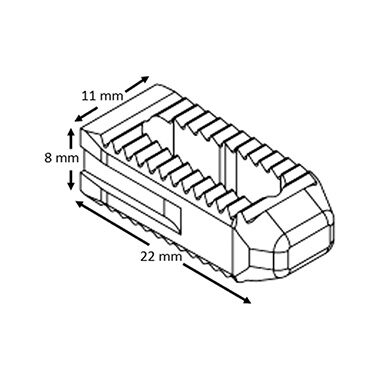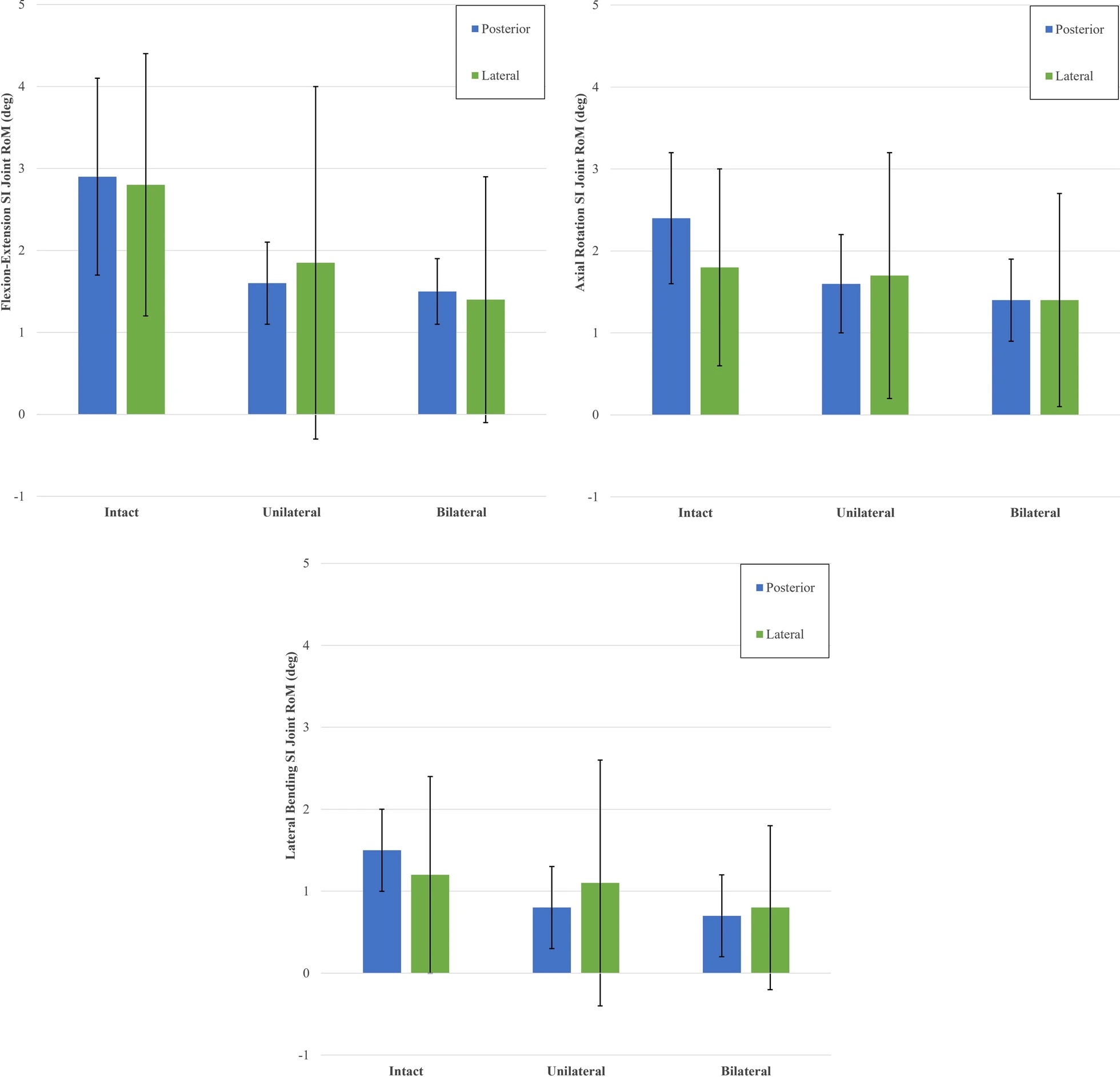June 7, 2023
Comparative Analysis Concludes Posterior Approach to SI Joint Fusion is as Effective as the Lateral Approach
Biomechanical comparison finds there is no significant difference between SI joint fusion with PainTEQ’s LinQ implant and the traditional lateral approach.

TAMPA, Fl., June 7, 2023 – The results of a comparative biomechanical analysis of the posterior sacroiliac (SI) joint fusion to the traditional lateral approach show that a posterior SI joint fusion with LinQ, a novel implant developed by Tampa-based medical device company, PainTEQ, has stabilization results comparable to the lateral approach when put through the same tests.
“In a very well-designed, comparative cadaveric, biomechanical study, the authors have demonstrated that LinQ posterior sacroiliac fusion results in superior stabilization of the sacroiliac joint compared to lateral approach instrumentation. These findings are a great complement to the increasing amount of data demonstrating the efficacy and safety of LinQ posterior sacroiliac fusion,” said Michael Dorsi, Director of Community Neurosurgery at UCLA Health.
This analysis is the first study ever to compare the newer, minimally invasive posterior approach to the lateral method. The study concluded that posterior fusion has similar performance in stabilizing the SI joint during flexion-extension motions and superior performance in stabilizing the SI joint during lateral bending and axial rotation motions compared to the lateral approach (See Figures 1-3).

“The data shows one can fuse the joint using posterior methods to the same degree or better than the traditional lateral techniques, which utilize much larger pieces of hardware and cause substantially more trauma to the surrounding tissue,” said Corey Hunter, MD, one of the study’s investigators.
Dawood Sayed, MD, Professor of Anesthesiology and Pain Medicine at The University of Kansas Medical Center, added: “Published biomechanical evidence is exceedingly critical into understanding the mechanisms of action of sacroiliac surgical procedures. This publication clearly demonstrates the powerful fixation of the sacroiliac joint provided by the LinQ posterior allograft compared to the lateral approach. When combined with the excellent safety and clinical data, it gives us even more confidence to recommend this therapy for those suffering from sacroiliac joint dysfunction compared to the other alternative surgical approaches.”
While the traditional lateral method has been utilized for much longer, the results from this analysis suggest that LinQ’s posterior approach is equally, if not more capable, of stabilizing the SI joint.
“With so many options to choose from for SI fusion, this data puts LinQ firmly at the front of the line,” Dr. Hunter stated. “How could anyone not choose this therapy now?”
Along with the SECURE publication, this shows promising results for the LinQ implant to help millions of patients suffering from SI joint pain and dysfunction.
About PainTEQ: PainTEQ was built to bring interventional procedures to the market. Working with pain management specialists to help reduce and eliminate SI joint dysfunction, PainTEQ’s LinQ therapy aims to immediately provide clinical benefits to individuals living with incapacitating lower back pain through a minimally invasive outpatient procedure.
About LinQ: The LinQ SI Joint Stabilization System provides patients with a minimally invasive option to combat pain. After a thorough diagnostic process, physicians may help alleviate, and in many cases eliminate, chronic pain by placing a single LinQ allograft into the SI Joint. With its large graft window, this single implant helps create an ideal environment for long-term fusion.
###
Contact Information:
Kelly Citron, Director of Marketing
Kelly.Citron@painteq.com
855.248.PAIN
